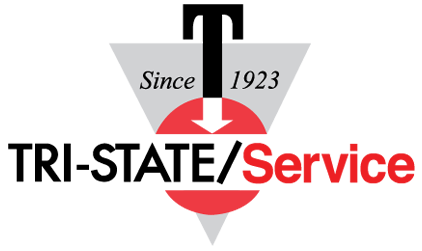
The Wayne Aspinall Federal Building and U.S.Courthouse in Grand Junction, Colorado was built in 1918 and remodeled in 2013. It is one of the nation’s most energy-efficient historical buildings.
With a goal of providing support for and a long-term reference for money-saving efficiencies in public and private real estate sectors, a recent GSA study compared 100 of its high-performance buildings to 100 of its legacy stock buildings. It analyzed actual performance data in five key areas over the last three years: energy and water use, operating expenses, waste, and overall tenant satisfaction.
High-performance buildings are defined as those that meet the Guiding Principles for Sustainable Federal Buildings and legacy stock buildings are defined as those that do not. Compared to its legacy stock buildings, GSA’s high-performance buildings have:
- 23% lower energy use
- 28% lower water use
- 23% lower building operating expenses
- 9% less waste landfilled
- 2% higher overall tenant satisfaction
Compared to industry benchmarks, energy use and water use savings are even greater.
- 43% lower energy use
- 35% lower water use
- 10% lower building operating expenses
- Waste landfilled was not tracked.
- 1% higher overall tenant satisfaction
Read about the Guiding Principles for Sustainable Federal Buildings.
Look to the Tri-State/Service Roofing & Sheet Metal Group for help with getting the most out of your building resource. We’ll show you ways to improve your building’s efficiency, and lessen its impact on the environment. We balance cost, environmental concerns, and human benefits–delivering quality and accountability to your important roofing, sheet metal, and HVAC/mechanical projects.

